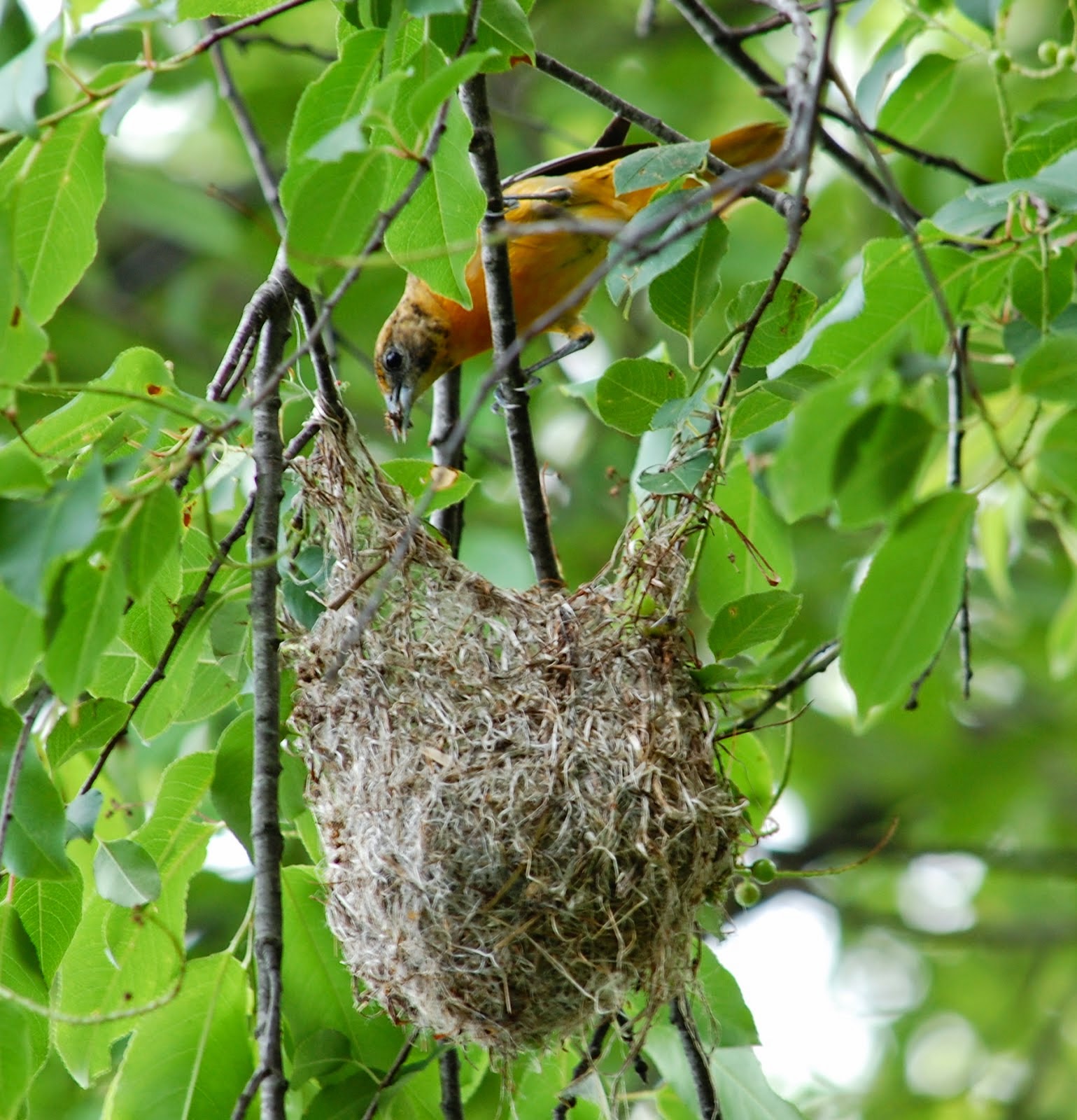Birds nest is not just a simple structure crafted by our feathered friends; it is a marvel of nature that has captured human imagination for centuries. From the intricate designs to the various materials used, the study of birds' nests offers insights into avian behavior, ecology, and evolution. In this article, we're diving deep into the world of birds' nests—examining their types, significance, and the role they play in the life cycle of birds.
In addition to their biological importance, birds' nests also hold cultural significance across various societies, often symbolizing home, security, and nurturing. This article will unravel the complexities surrounding birds' nests, providing readers with valuable information and engaging insights. Whether you are a bird watcher, a student of nature, or simply curious, this guide has something for everyone.
Join us as we explore the various aspects of birds' nests, from their construction to their ecological impacts. We will also touch upon conservation efforts to protect these vital structures and the species that depend on them. Get ready to take a flight into the captivating world of birds' nests!
Table of Contents
- 1. What is a Bird's Nest?
- 2. Types of Bird Nests
- 3. Materials Used in Nest Construction
- 4. The Importance of Bird Nests
- 5. Birds Nesting Behavior
- 6. Conservation of Birds and Their Nests
- 7. Fascinating Birds Nest Facts
- 8. Conclusion
1. What is a Bird's Nest?
A bird's nest is a structure built by birds to provide a safe environment for laying eggs and raising their young. Nests vary significantly in size, shape, and location, reflecting the diverse adaptations of different species. Birds utilize nests for warmth, protection from predators, and as a place to nurture their offspring.
Typically, nests are built using materials readily available in the bird's environment. The construction process often involves intricate behaviors, showcasing the intelligence and resourcefulness of birds. Understanding what constitutes a bird's nest helps us appreciate the intricate relationships between birds and their ecosystems.
2. Types of Bird Nests
Birds create a variety of nests, each adapted to their specific needs and environments. Here are the primary types of bird nests:
2.1 Cup Nests
Cup nests are among the most common types of nests created by songbirds. These nests are typically bowl-shaped and provide a secure location for eggs. The materials used for cup nests can include twigs, grass, mud, and feathers.
2.2 Platform Nests
Platform nests are flat structures that often provide a stable base for larger birds, such as eagles and herons. These nests are usually built in trees or on cliffs and can be constructed from large branches, reeds, or grasses.
2.3 Cavity Nests
Cavity nests are carved out of natural materials or found in tree hollows, providing protection from predators and harsh weather. Species like woodpeckers and some owls utilize these nests for their safety and comfort.
2.4 Other Nest Types
There are other unique nest types, such as burrow nests, which are dug into the ground, and hanging nests, which dangle from branches. Each type showcases the adaptability of birds to their respective habitats.
3. Materials Used in Nest Construction
The materials used to build nests can vary widely based on the species and the environment. Common materials include:
- Twigs and branches
- Leaves and grass
- Feathers and fur
- Mud and clay
- Natural fibers (such as plant stems)
Birds often select materials for their insulating properties and durability, ensuring their nests provide adequate protection for their young.
4. The Importance of Bird Nests
Bird nests play a crucial role in the life cycle of birds, providing various benefits:
- Protection: Nests keep eggs and chicks safe from predators.
- Temperature regulation: Nests help maintain a suitable temperature for developing eggs.
- Support: Nests provide a stable location for feeding and nurturing young birds.
Understanding the importance of nests helps underscore the need for their conservation.
5. Birds Nesting Behavior
Nesting behavior is an essential part of a bird's reproductive cycle. Most birds undergo a specific sequence of actions when preparing for nesting:
- Site selection: Birds choose nesting sites based on safety, proximity to food, and shelter.
- Material gathering: Birds forage for materials to build their nests.
- Construction: Birds construct their nests using various techniques, often involving intricate weaving or stacking of materials.
Understanding these behaviors provides insight into the ecological dynamics of bird populations.
6. Conservation of Birds and Their Nests
Conservation efforts are vital to protect bird species and their habitats. Deforestation, urbanization, and climate change threaten nesting sites, making it imperative to engage in conservation practices. Some measures include:
- Creating protected areas for nesting birds.
- Implementing laws to prevent habitat destruction.
- Raising awareness about the importance of birds and their nests.
By supporting conservation initiatives, individuals can contribute to the well-being of avian populations.
7. Fascinating Birds Nest Facts
Here are some intriguing facts about birds' nests:
- Some species can build nests in just a few hours, while others take weeks to complete.
- The largest bird nest ever recorded was built by an ostrich, measuring over 3 meters in diameter.
- Certain birds, like the weaver bird, create intricately woven nests that resemble works of art.
These facts highlight the amazing diversity and creativity found in the avian world.
8. Conclusion
In conclusion, birds' nests are not merely structures; they are vital components of the avian life cycle, offering protection and nurturing for future generations. Understanding their complexities enhances our appreciation for nature and the incredible adaptations of birds. We encourage readers to take action by supporting local conservation efforts and sharing knowledge about the importance of preserving avian habitats.
If you enjoyed this article, please leave a comment below, share it with friends, or explore more articles on our site to learn about the fascinating world of wildlife!
Thank you for visiting, and we hope to see you again soon for more engaging insights into nature!
:max_bytes(150000):strip_icc()/GettyImages-903971780-5c44aedd46e0fb00013d85d4.jpg)
:max_bytes(150000):strip_icc()/birdweaving-5ba7b9394cedfd00504352fd.jpg)


